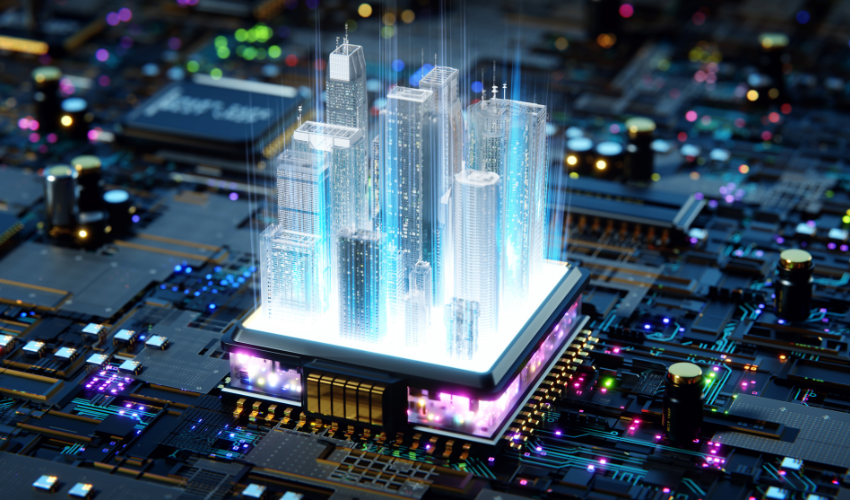
The inner workings of a building are probably the last thing you would ever think about when walking into a hospital, school, grocery store, or even the office. Everything in the building, from the automatic doors and lighting, to the refrigerated sections and air-conditioned rooms, relies on many components that help structure a building automation system.
We live in a world where we can monitor and control the systems of a building right from our phone and in the most remote places. In this era of advanced technology, the concept of automation has revolutionized various industries, including building management. Building automation systems have become vital to enhancing operational efficiency and improving occupant comfort, and at the heart of this automation lies a network of electronic components, which work together to optimize various operations within commercial, residential, and industrial buildings.
Temperature, humidity, occupancy, and lighting can all be detected by using a variety of unique sensors. Sensors practically form the foundation of any building automation system, enabling the collection of data and facilitating informed decision-making. Temperature and humidity sensors monitor the ambient temperature and humidity levels, allowing for the most precise climate control throughout the building. These types of sensors play an important role in maintaining comfortable conditions and can even optimize energy usage.
Another sensor that can contribute to energy conservation are occupancy sensors, which detect human presence within a space, and can be used to control lighting, heating, and ventilation systems. Occupancy sensors ensure energy efficiency by automatically adjusting settings based on occupancy levels. And lighting sensors use the same technology by measuring the amount of natural and artificial light in a space to help reduce energy consumption while maximizing comfort.
Heating, ventilation, and air conditioning (HVAC) systems are pivotal to building automation. These systems regulate temperature, humidity, and air quality to create comfortable and healthy indoor environments. By using the sensors mentioned above, along with advanced control algorithms, HVAC systems can adjust cooling, heating, and air circulation based on real-time conditions such as occupancy patterns, time of day, and weather conditions.
HVAC components like actuators, thermostats, and controllers enable precise control and energy-efficient operations. Take programmable thermostats, for instance. They provide advanced scheduling capabilities, allowing for customized temperature settings based on occupancy patterns and can help minimize energy waste by optimizing HVAC operations.
Building automation systems often integrate with other industrial automation components to enhance overall functionality, and the control system serves as the central intelligence hub of it all. Control systems encompass programmable logic controllers (PLC) and Human-Machine Interfaces (HMI), which monitor and manage different aspects of building operations. They are basically the brain of the building automation system that analyzes sensor data and enables remote access and monitoring.
PLCs are used to automate processes, monitor, and control equipment, and collect data in real-time while providing a flexible and scalable solution for managing complex building automation systems. HMIs serve as the user interface for building automation that allows operators to interact with the system. These interfaces provide real-time data visualization, alarms, and remote monitoring capabilities.
And then there are various communication protocols like Modbus and BACnet that enable seamless integration and interoperability among different building automation components. Protocols like these facilitate data exchange and coordination between sensors, controllers, and other devices.
So where do electronic components fit in? The answer is simple: everywhere.
Electronic components are all intertwined in the entire building automation system. There’s the wide range of sensors catering to diverse building needs, HVAC thermostats and controllers, and comprehensive communication modules and gateways that ensure compatibility and interoperability across various components and systems.
Area51 Electronics provides components of building automation, including control systems, sensors, HVAC systems, lighting control, energy management solutions, along with semiconductors, electromechanical parts, circuit protection devices, hardware, wire, cable, and displays that enable seamless integration and intelligent control of building operations and industrial automation.
As an electronic components distributor, we offer quality and diverse components that play a great role in empowering the adoption of building automation, leading to smarter and more sustainable buildings in this digital age.